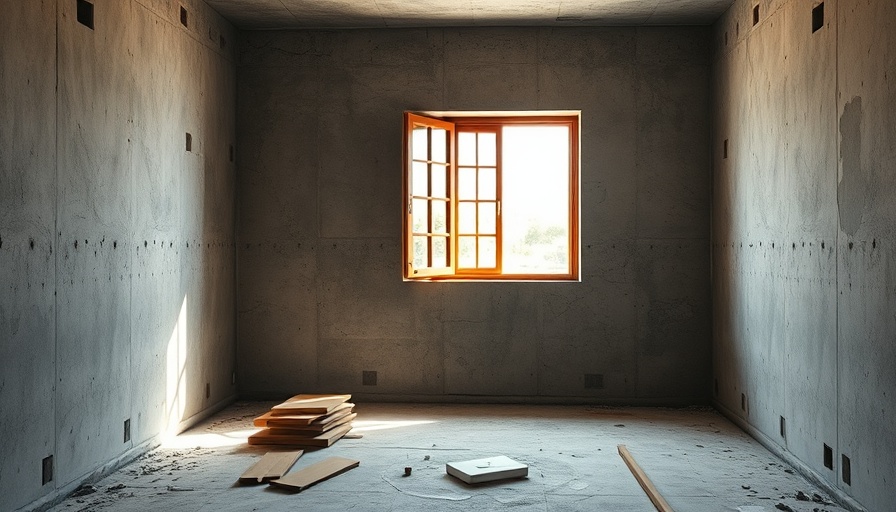
Understanding Attic Insulation: Why It Matters
Converting an attic into a cathedral space can radically enhance your home’s aesthetic and functional appeal. However, this transformation must be carefully planned, particularly with insulation. Proper insulation not only ensures a comfortable living environment but also plays a significant role in energy efficiency. Without it, you may face challenges such as inconsistent temperatures, higher energy bills, and even structural issues over time.
The Role of Insulation in Cathedral Ceilings
Cathedral ceilings can create an airy, spacious feel, but they come with unique insulation challenges. The height and slopes of these ceilings mean that the insulation layer must be accurately measured and installed. A well-insulated attic can maintain desired indoor temperatures, reducing reliance on heating and cooling systems, which ultimately benefits the environment and your wallet.
Common Mistakes to Avoid in Insulation Layering
Homeowners often underestimate the importance of not only choosing the right type of insulation but also ensuring its correct installation. Common pitfalls include inadequate coverage and using insulation materials that do not suit the climate or space. Ensuring that the insulation layer is installed properly can prevent moisture issues and enhance the longevity of the ceiling structure.
Seeking Professional Help: When Is It Necessary?
While some DIY enthusiasts may feel confident tackling an attic conversion, consulting with a professional can make a significant difference. An experienced contractor can provide insights on the best materials and methods for insulation, helping to navigate complex building codes and ensuring safety and efficiency. Investing in professional guidance can lead to better long-term results and peace of mind.
Innovation in Insulation Materials
As technology progresses, new insulation materials are continuously being developed. Homeowners are encouraged to explore eco-friendly insulation options that not only promote energy efficiency but also contribute to healthier indoor air quality. These innovative products can offer superior performance compared to traditional materials, reflecting a growing trend towards sustainability in home improvement.
 Add Row
Add Row  Add
Add 




Write A Comment